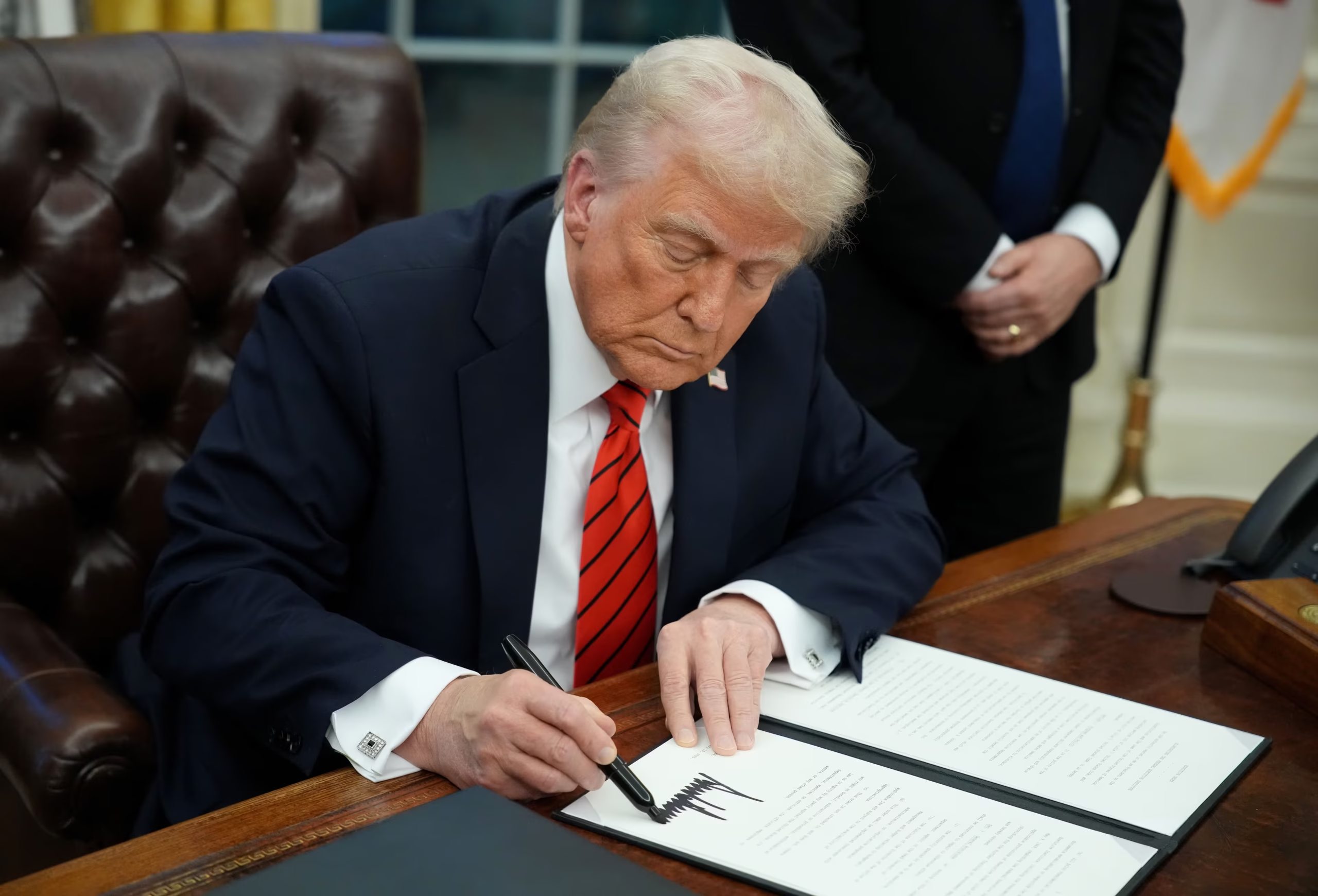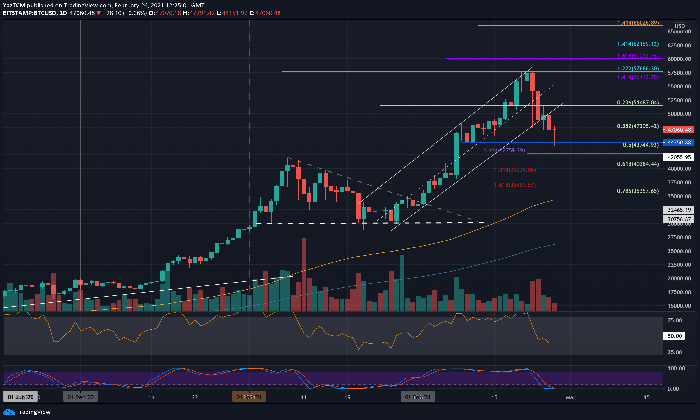In a landmark move for the cryptocurrency industry, former U.S. President Donald Trump has unveiled plans to establish a U.S. Strategic Cryptocurrency Reserve. The initiative is designed to strengthen America’s position in the global digital asset market while enhancing financial security and stability.
What Is the U.S. Crypto Reserve?
According to sources close to the administration, the reserve will initially hold a diversified selection of cryptocurrencies, including XRP, Solana (SOL), and Cardano (ADA). The plan also includes the eventual addition of Bitcoin (BTC) and Ethereum (ETH), two of the most widely adopted digital assets. The project aims to provide the government with a robust cryptocurrency stockpile, potentially allowing for more strategic use in economic policy and financial security.
This announcement follows a January executive order that directed the formation of a federal working group tasked with assessing the viability of a government-controlled digital asset stockpile. The working group explored various approaches, including the use of cryptocurrencies that have been legally seized through federal enforcement actions.
Impact on Crypto Markets
The news triggered a surge in cryptocurrency prices, with investors reacting strongly to the U.S. government’s potential involvement in digital assets. In the hours following the announcement:
- XRP skyrocketed 31.85%, reaching $2.86
- Solana (SOL) saw a 22.87% increase, climbing to $173.37
- Cardano (ADA) surged 62.09%, hitting $1.04
- Bitcoin (BTC) gained 7.57%, now sitting at $92,069.17
- Ethereum (ETH) rose 11.08%, reaching $2,468.22
This sharp market reaction highlights the influence of government policies on digital assets and the increasing legitimacy of cryptocurrencies in mainstream finance.
How Will the U.S. Crypto Reserve Work?
While specific details about the reserve’s structure and management remain undisclosed, early reports suggest that the government will:
- Acquire digital assets through direct purchases and legal enforcement actions
- Store and secure crypto in federally controlled wallets or institutions
- Utilize the reserve for economic stabilization, financial innovation, or global trade positioning
- Develop partnerships with private crypto firms for regulatory oversight and infrastructure development
This effort is part of a broader regulatory framework that the Trump administration has been pushing forward. In January, the White House announced the formation of a Cryptocurrency Task Force, which is responsible for shaping policies around taxation, regulation, and innovation within the sector.
Why Is the U.S. Entering the Crypto Market?
Several motivations are driving this decision:
- Economic Strategy – The government recognizes the growing influence of cryptocurrencies in global trade and finance. Having a strategic reserve could provide an economic hedge against traditional market volatility.
- National Security – With concerns about foreign nations developing state-backed digital currencies (such as China’s Digital Yuan), the U.S. may be looking to counterbalance international crypto influence.
- Regulatory Control – By holding and managing digital assets, the government could play a larger role in shaping future regulations and establishing a legal framework that supports crypto adoption while minimizing risks.
- Seized Crypto Assets – Reports indicate that the federal government holds a significant amount of Bitcoin and other assets seized from criminal organizations. Establishing a reserve could be a way to legally manage and utilize these assets.
Potential Risks & Challenges
Despite its promising outlook, the establishment of a U.S. crypto reserve raises several challenges and concerns:
- Market Manipulation – Some critics argue that a government-controlled crypto reserve could disrupt free market dynamics.
- Regulatory Uncertainty – The initiative may lead to new taxation laws and compliance measures, affecting crypto investors and businesses.
- Cybersecurity Risks – A federally managed crypto stockpile would become a prime target for cyberattacks and security breaches.
What’s Next?
The announcement is expected to accelerate discussions around cryptocurrency regulations, institutional adoption, and governmental oversight. The White House has confirmed that additional policy updates will be released in the coming months, detailing how the crypto reserve will function and what role it will play in the broader economy.
As the U.S. takes this historic step into digital finance, the global crypto community will be closely watching how this move impacts regulations, investment trends, and the future of decentralized finance (DeFi).













Leave a Reply